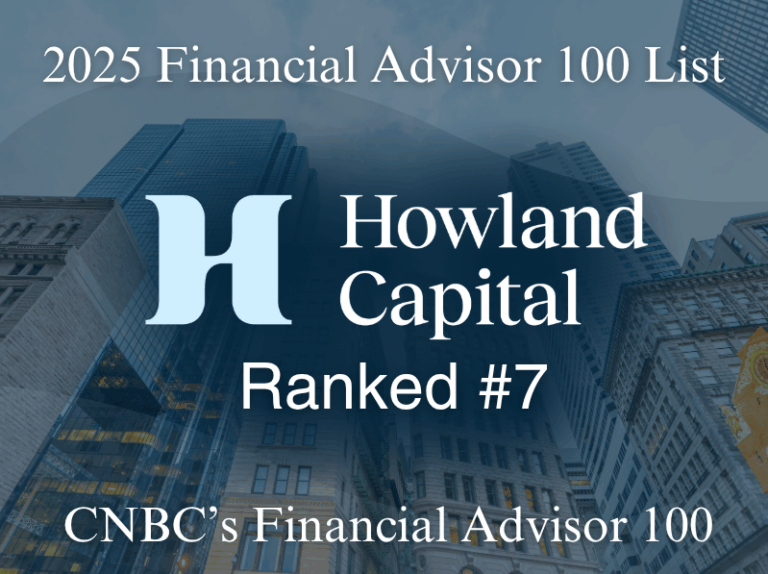We expect to see a gradual tapering in the Fed’s bond purchases along with an increase in the federal funds rate, which is the short-term interest rate set by the Federal Reserve. The Fed has pegged short-term interest rates at zero since 2019, which has made income on short-term bonds paltry at best. It has also been buying $120 billion in Treasury and mortgage bonds each month since last June, which has lowered intermediate and long-term interest rates.
This move has been good for borrowers, many of whom have issued or refinanced debt with very low interest costs. For investors, the Fed’s moves have translated into low returns and higher volatility in bond prices. The volatility has been greatest for longer maturity bonds, which are more sensitive to changes in market interest rates. At its most recent meeting, the Fed slightly increased its forecast for both growth and inflation, and guided investors to a slightly higher probability of raising interest rates as early as 2023. Long-term bond prices actually increased after this updated guidance from the Fed, and yields (which move inversely to price) fell.
Investors interpreted the news as a sign the Fed believes the trend in inflation is contained and that it will normalize policy gradually.
Our approach to investing in fixed income has not changed. We are most active in buying short and intermediate maturity bonds that pay a modest level of income. We focus on owning the bonds of investment-grade issuers with balance sheet strength and liquidity as well as bonds in high-quality municipal issuers for tax-exempt income.
